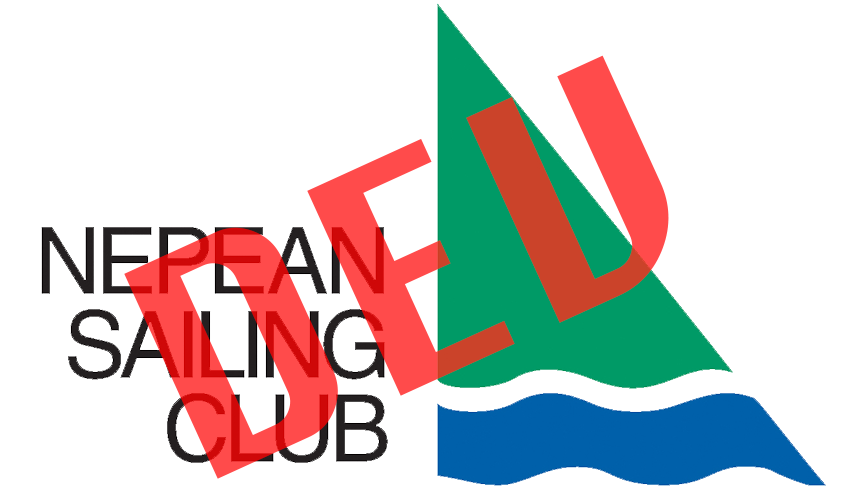There is a new sound being heard around the NSC docks, as sailboats come and go from the harbour; it is the sound of nothing at all. Instead of all the noise and a face full of diesel or two-stroke smoke, more and more boats are motoring almost silently, on electric power.
I made the switch in 2016, the year I joined NSC and bought my sailboat. The boat had been at the club since about 2011 and came with a two-stroke outboard. The engine weighed 62 lbs and put out 6 hp, along with the usual noise and smoke. We started our first five sails that summer, trying to get the engine going and keep it running. Then twice it left us floating in the marina, having started, allowed us to back out, then it stalled and would not start again. It was sent home with the local engine expert, who examined it, probed it and pronounced it “not economically repairable”. I sold it on Kijiji that same day for parts. I quickly replaced it with a German-made electric outboard, a Torqeedo Travel 1003L.
The electric outboard is half the weight of the two-stroke and puts out 1 kW. That is enough to propel my 22 foot, 2450 lb displacement sailboat at 4.3 kts at full power, although I usually run it at 20% and that gives 2.6 kts. Sometimes, when motoring out, I have to hail other boats to make sure they don’t back out of their slips into me, because the motor just makes a quiet hum, you can’t hear it at all more than 20 feet away. No smoke, no trying to get it started, just turn it on and set the power to go.
I wasn’t the first to go electric at NSC, as by 2016 there were already at least three boats on “E” dock that were ahead of me. This past summer there were more than half a dozen.
I run into boat owners at the club bar quite often and when I ask, “going out sailing?”, I hear this a lot: “not this week, the engine is acting up again, the guy is coming to check it out next Monday”. The piston engine guys are busy at NSC, always a backlog of piston engines that need fixing, as they seem to break down a lot. People lose nice sailing days that way, sometimes several weeks. Since I went electric I haven’t lost a single sailing day to unservicabilities.
Electric power comes in outputs from 1 hp to 160 hp, to fit every size of boat, both outboards and inboards. There are lots of advantages:
1. Reliable – most electric systems have only one moving part, you turn it on and it just runs.
2. Maintenance – minimal
3. Quiet – who really likes all that diesel, four-stroke or two-stroke noise, when all you want is quiet sailing?
4. Clean – no smoke, no fuel or oil leaks, no pre-mixing two-stroke oil
5. No more need to go to the service docks to refuel and no more hauling gasoline or diesel in jerry cans
6. Reduces fire risk on the boat – no cans of gasoline
7. With solar power to recharge the batteries, you can even “refuel at sea”, never run out of fuel again.
8. Purchase prices are comparable to equivalent diesels or four-strokes and cheaper than equivalent propane-powered outboards
9. Operating costs are negligible. Recharging my battery at home from hydro costs me 0.6 cent per launch and recovery. Recharging with solar is free.
10. Ecologically sustainable – I am not sure burning fossil fuels for fun can be justified anymore, here in the 21st century.
The main drawback to electric power is range. Even the smallest electric outboards with integral batteries have the range to get you out of harbour and back with power to spare. My battery gets me to KNB and back and usually uses about 25% of a charge. If you need more range, then larger capacity batteries are available, extra batteries can be carried or solar cells used to charge at sea.
Sailing can actually be quiet! If you have been waiting for electric power to reach maturity and get to the point where it is more reliable than piston engines, then the future is already here.
Adam Hunt
NSC Member

